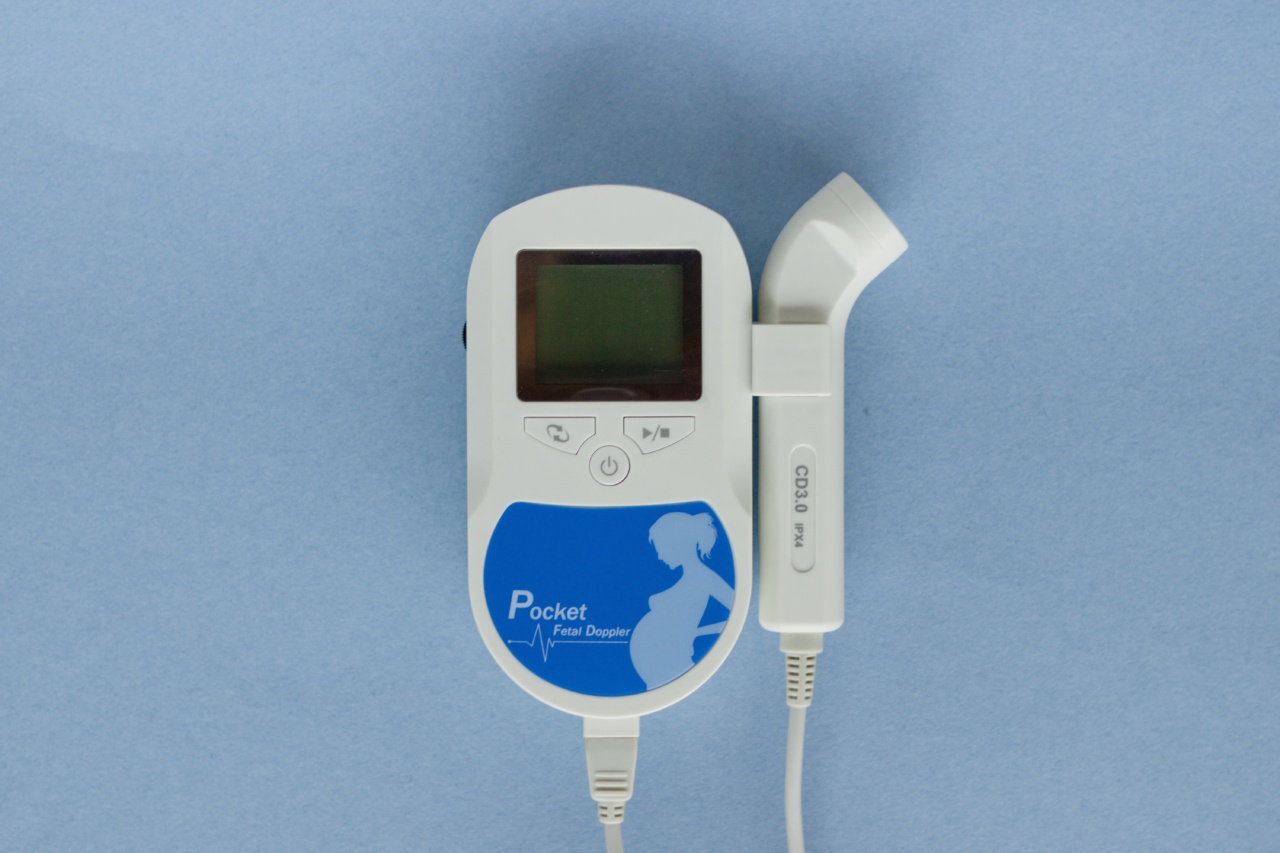The field of obstetrics has advanced significantly in the past decade. With the advent of ultrasound technology, doctors and researchers alike can observe fetal development with greater clarity and accuracy than ever before.
Ultrasound technology has come a long way since its inception and modern devices can provide detailed scans of a fetus, including internal organs, skeletal system, and even the baby’s behavior in the womb.
Unveiling the Wonders of Fetal Development
Traditional ultrasounds can provide basic details such as the sex of the baby, its size, and the position within the womb.
In many cases, however, doctors are using advanced ultrasound equipment to reveal many more details about the fascinating process of fetal development in the womb.
Scan images can show the skeletal formation, including the development of the skull, ribs, and spine. Additionally, some ultrasound devices can now reveal organ development, including the heart, lungs, and kidneys.
The images are, in essence, medical ‘windows’ to observe the evolving creation of the miraculous human body.
Advanced Ultrasound and Fetal Heart Monitoring
Fetal heart monitoring is crucial for assessing the health and wellness of the unborn child. In the past, doctors used a Doppler ultrasound device to listen to the fetal heart rate.
While this device is still used today, some medical professionals have access to more advanced equipment that can provide even more medical data about the fetal heart.
Advanced ultrasound technology can provide a 3D view of the heart and blood flow to determine whether the fetus has any heart defects or circulation problems.
Doctors can also monitor fetal heart rate variability, which helps to detect any fetal distress or medical issues prior to and during childbirth. This information can be especially helpful in treating high-risk pregnancies or complications.
Advanced Ultrasound and Fetal Behavior
Ultrasound scans can reveal that fetuses have behavior and can interact within the womb environment. For instance, babies as young as 20 weeks demonstrate a large variety of movements that sophisticated scans can capture.
Doctors have observed fetuses yawning, sucking their thumbs, and even smiling for the cameras.
Beyond these movements, some highly-specialized equipment can monitor the baby’s neurological activity.
Researchers are currently using Doppler technology to measure fetal neurobehavioral development to study whether a healthy womb environment positively affects a child’s learning and development later in life.
Advanced Ultrasound and Pre-natal Diagnosis
Beyond discovering fetal heart rate and behavior, advanced ultrasound technology can detect and diagnose fetal abnormalities. Conditions such as spina bifida, Down syndrome, and congenital heart disease are often diagnosed during an ultrasound scan.
Additionally, there are procedures such as chorionic villus sampling (CVS) and amniocentesis that involve taking a sample of the placenta or amniotic fluid to detect any genetic or congenital abnormalities.
Ultrasound technology has also helped to improve the safety of certain procedures, such as obstetric surgery, by allowing for more accurate positioning of surgical instruments and reducing the risk of surgical complications.
Advanced Ultrasound: Pros and Cons
Advanced ultrasound technology is a valuable tool in improving the accuracy of diagnoses and treatments of many fetal abnormalities.
These advanced scans can detect potential health risks earlier in pregnancy, allowing doctors to develop more rapid, targeted clinical responses.
However, despite the benefits, many experts also caution against the overuse of this technology. Excess scans can increase maternal and fetal risk due to increased exposure to sound waves.
As with any medical procedure, doctors must balance the benefits of information provided by the scans against the potential risks of excessive exposure.
Conclusion
Advanced ultrasound technology provides incredible insight into the wonders of fetal development in the womb. Through 3D imaging, we can observe everything from skeletal formation to fetal behavior.
These scans have also led to improvements in pre-natal diagnosis and treatment while also helping to improve the safety of certain obstetric procedures.
At the same time, experts caution against excessive ultrasound exposure, and it is essential that doctors and patients weigh the benefits of these scans against the potential risks.

























